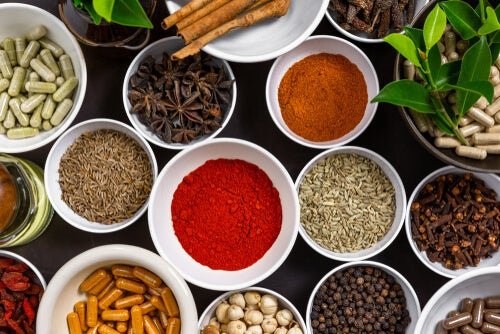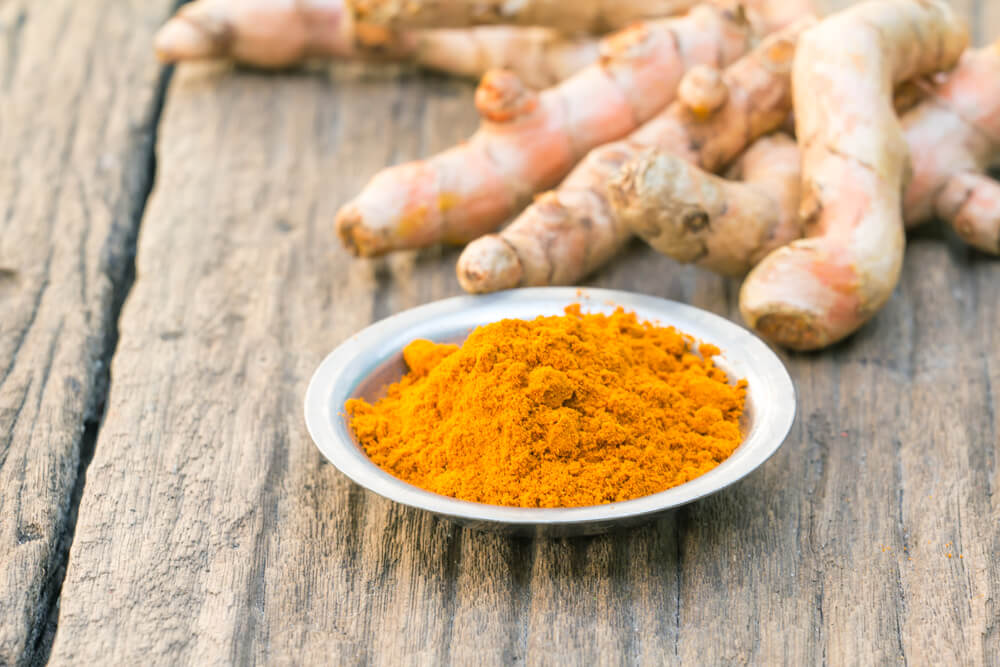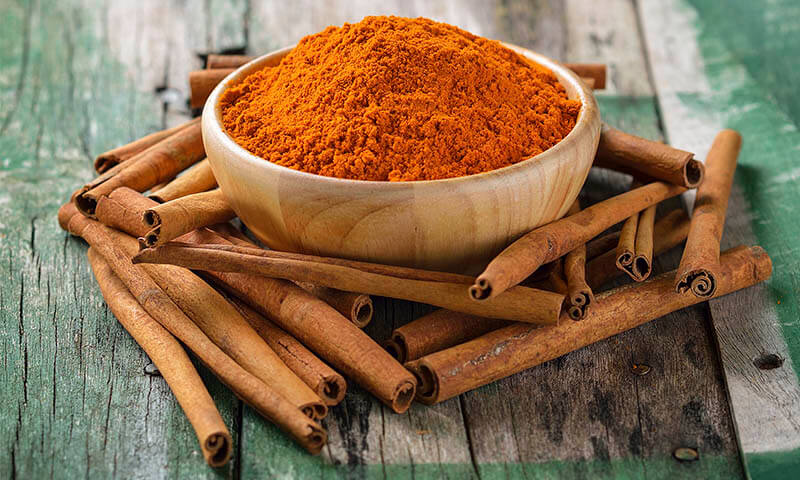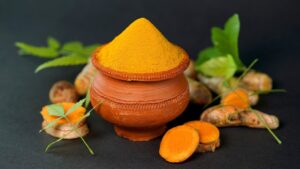4 Science-backed spice remedies

Science-backed spice remedies have been endorsed by science. Despite this, they are not a first-line treatment and should be used with caution. What else should you consider?
Spices are known in most homes for their culinary and medicinal applications. Because they add flavor and aroma to foods, we often use them in the preparation of meats, vegetables, stews, and a wide variety of other recipes. In addition, by tradition, we also prepare remedies with spices for certain ailments and conditions.
But how true are its medicinal properties? What does the research tell us? Fortunately, in recent years, several studies have been carried out to analyze the effects of this type of ingredient on our health. In this way, many of the benefits attributed to them have been supported by science. Discover them!
Science-backed spice remedies
science-backed spice remedies come from popular literature and anecdotal data that speaks to their benefits. However, in order to determine if they actually provide any effect, many researchers have decided to study their properties.
Thus, for example, a review published in the journal Critical Reviews in Food Science and Nutrition , indicates that spices contain chemical compounds such as phenylpropanoids, terpenes, flavonoids, and anthocyanins that give them therapeutic potential.
In addition, they are also attributed antioxidant, analgesic, anti-inflammatory and antimicrobial activity, which could explain their ability to improve our health. Despite this, we must bear in mind that no remedy of this type is a first-line therapeutic option or a substitute for medical treatment.
Simply, due to their properties, they can be an adjuvant when we go through certain health problems . In any case, since they are not exempt from causing side effects, we must use them with caution, consulting the doctor in advance. Let’s look at 4 options.
1. Turmeric for pain and inflammation
Turmeric is one of the most studied spices with therapeutic potential in recent years. Specifically, it can be used to prepare remedies against pain and inflammation. Proof of this is a pilot study published in Phytotherapy Research, in which people with arthritis showed reduced pain after taking 500 mg of curcumin.
Other studies, such as the one published in the journal Foods , support these same effects and suggest that it may be as effective against pain as ibuprofen in knee osteoarthritis. In any case, more research is still needed.
Meanwhile, we can consume this spice in doses of 2 to 5 grams. This can be through tablets, extracts or teas. We can even prepare the traditional “turmeric milk”, which consists of adding half a teaspoon of turmeric powder (3 g) in a cup of warm milk.

2. Ginger for pain and nausea
The active compound in ginger, gingerol, has been studied for its potential as a pain reliever, antioxidant, and anti-inflammatory. Thus, a systematic review published in Nutrition Journal notes that its extracts are useful in reducing subjective chronic pain without the risk of non-steroidal anti-inflammatory drugs (NSAIDs).
In turn, a study published in Integrative Medicine Insights determined that this spice is a remedy with antiemetic potential, making it an economical and safe option to control nausea and vomiting. However, studies are still suggested to determine the appropriate dose.
For now, we can take it in moderate amounts, adding a teaspoon of grated ginger (5 g) in a cup of water. If we want, we can add a little honey to sweeten or lemon juice to give it a citrus flavor. We can take this drink 2 or 3 times a day.
3. Cinnamon to lower blood sugar levels
Watch out! Before trying this natural remedy it is important to consider the medical recommendations. While studies suggest cinnamon’s benefits in glucose control , we shouldn’t take it in excessive amounts, and we can’t use it to replace medications.
Even if we are under some medical treatment, it is better to consult the professional to rule out interactions. Making this clear, let’s see what the research says. Cinnamon contains a substance called cinnamaldehyde, which is attributed to many of its properties.
A study published in the Journal of Diabetes Science and Technology highlights that cinnamon contributes to increasing insulin sensitivity and glucose transport. Furthermore, it improves the glucose rate in healthy subjects and has beneficial effects in patients with metabolic syndrome. In addition, a publication in the medical journal Diabetes, Obesity and Metabolism highlights that studies have shown that this science-backed spice remedies can reduce fasting blood glucose by 10-29% in diabetic patients.
The recommended dose ranges from 1 to 6 grams per day. We can include it in infusions, smoothies and other preparations. The important thing is that we avoid exceeding its consumption.

4. Cayenne pepper for pain
Of the many spiced remedies that exist, those made with cayenne pepper are one of the most widely accepted. In fact, its extracts are currently used for the manufacture of pharmaceutical products. This is due to the content of an active compound called capsaicin , which gives it analgesic and anti-inflammatory effects .
A review published in the journal Molecules highlights that studies have confirmed that capsaicin is useful for pain relief. Specifically, it could have modest beneficial effects against various pain syndromes, such as post-herpetic neuralgia, diabetic neuropathy, and chronic musculoskeletal pain.
To take advantage of these properties we can buy a prescription capsaicin 8% patch. In addition, it is also available in extracts and supplements. In all cases, we must first consult the doctor.
If we want, we can also make a homemade preparation with cayenne pepper. It consists of mixing a tablespoon of cayenne pepper (10 g) with a cup of coconut oil (200 g). Then, we heat the preparation in a bain-marie, until we can integrate the ingredients well. Let it rest and use it topically in pain areas.
Recommended: 7 Health benefits of ginger
summarizing
Thanks to the investigations carried out in the last years, today we can use some remedies with spices with total confidence. However, we must be clear that they are not a substitute for medical treatment and are only an adjunct against some ailments. For its safe use, we should consult the doctor and find out about its possible side effects and interactions.







